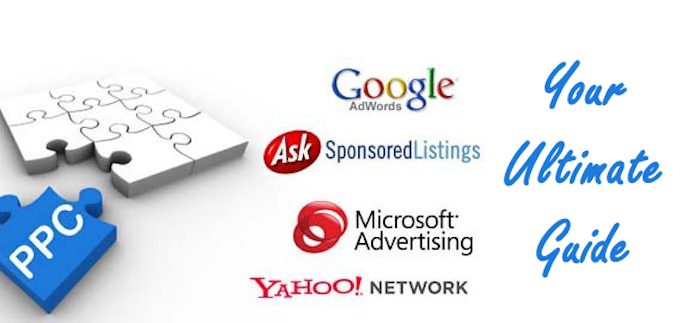Inbound marketing is still very important and people cannot avoid using it within their content marketing strategy. For those of you NOT familiar with the phrase “inbound marketingâ€, it’s using marketing methods that directly drive people to your website without the blogger doing external marketing on their own. Outbound marketing is using social media, writing in forums, and guest posting, however, inbound refers to paid search campaigns. These methods, once set up, will drive people to your page without any further effort by you.

No matter how the web is changing, it’s still important to know how certain inbound marketing strategies can be applied to your promotion. Determining if you should use inbound marketing depends on content strategy, business, and product and services. You might even incorporate these methods if you’ve set aside a monthly marketing budget.
Either way, the choice is yours and you should explore your options before jumping into inbound marketing as an option. However, here are some reasons why you’ll consider implementing the strategy.
Search Engines Display Them
Here’s the most obvious and I’m sure all of you can agree. Whenever you search a phrase within Google, you’ll notice a display of PPC on the right-side bar. Advertising revenue for the Q3 (3rd quarter in 2014) was 16.42 billion dollars, which shows us companies are still using Adwords because it’s proven to be effective. The truth is, Google has ensured that PPC ads are as effective as possible because they account for a huge sum of their profit. This means they will continue to tweak their ad network to full potential, finding creative ways for people to join Adwords. What does this all mean?
Search display will continue to dominate and can provide enormous ROI going forward. If you have the budget and resources to set up a few campaigns, it might not be a bad idea.
Quicker Testing & Implementation
The great thing with setting up PPC ads is they can be tweaked quickly and updated. Unlike organic search, which requires an indexing process anywhere from 3-6 weeks, PPC ads call be updated immediately from within the backend. This means you can test product ROI, keywords, and popularity quickly before putting your final plan into action. Many people have a small marketing budget for this reason, simply to tweak and testing ads. Once they’ve tested, they implement the same strategy into their organic link building. Here’s something else…
When you have your website show up in both organic and paid search, it adds a cool level of credibility. Next, you have the ability to quickly test different geographical locations.
Broad vs. Narrow
Inbound marketing gives you the ability to target either a broad range of keywords or very specific geo-graphical location. Many companies use this targeting setting if they are limited on ad budget or performance is optimal in specific areas. I’ve noticed that even with targeted keywords, when doing organic SEO, my website will show up in places not relevant to my search terms. How do I know this? Google Analytics provides a complete break-down of my traffic statistics and I see non-English speaking countries viewing my English content-based website. The problem is having my website show up in places I don’t want can have a dramatic effect on my bounce rate, engagement, speed, and overall conversions.
With inbound marketing, you can narrow down what area you want to target, from country, state, city, etc. This ensures you are getting the right people to your website and this data will provide you with the fundamental stats needs to correctly tweak your website.
Complete Control
In the end, implementing inbound marketing techniques will give you complete control over your web promotion. You’ll have control over devices you want your ad displayed, location, keywords, and type of ad. This information provides you with the data you need to know how well your content is performing. It’s much harder to know ROI when you don’t have the right people coming to your website. Using inbound marketing will give you the tools to quickly narrow down what you need and then the ability to tweak as you move forward.
